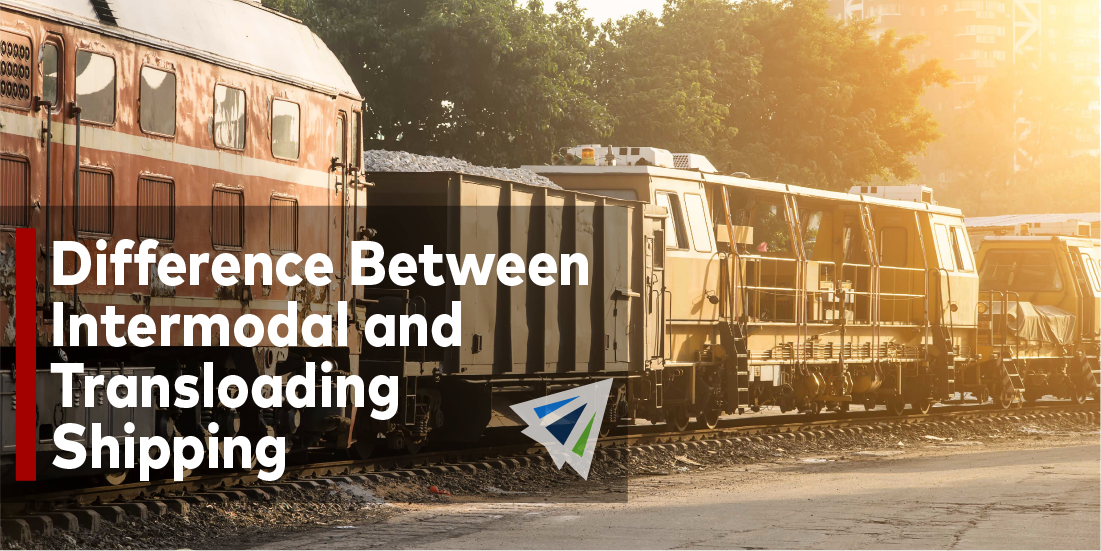Shipping by rail offers a whole host of benefits, but railroad tracks aren’t as universally available as trucks and airplanes. Unless you’re in the exact right location, the chances are high that you don’t have a railroad track at your origin or destination spot. If you’re interested in utilizing services beyond single mode end-to-end road, ocean, or air solutions, intermodal and transloading may be the best thing for you to look into.
Intermodal and transloading are two modes of shipping that offer shippers a ton of flexibility and versatility in their logistics planning and process. Here’s a short overview of both modes of shipping:
Definition: Intermodal Shipping
Intermodal shipping – technically speaking – is any shipping mode that involves the transfer of cargo between two or more modes of shipping. However, by that definition, technically any international shipment would be “intermodal.”
Instead, the term “intermodal shipping” is used to describe shipments in which rail shipping is used. Most commonly, intermodal describes the transfer of containers between road carriers and rail carriers. Here’s how this process usually unfolds in real life:
Your goods get containerized. That container is loaded on a chassis. That chassis gets picked up by a trucker. That trucker drives to a rail yard. The container is taken off the chassis and loaded onto a train. The same is repeated in reverse at destination.
In other words, the definition of intermodal shipping in practice is that a container is transferred between two or more modes of shipping (involving rail shipping.) It’s the movement of the container itself between the truck and train that defines the intermodal shipping practice.
Definition: Transloading Shipping
Transload shipping is incredibly similar to intermodal shipping. In fact, many shippers use the two terms interchangeably without realizing key differences between them.
Transload shipping differs from intermodal shipping in that the defining key between the two is the container vs. the goods themselves. Here’s what we mean:
Transload shipping involves products being transferred between trucks and trains (not necessarily containers.) In intermodal shipping, the same container is moved between a truck and a train, but in transload shipping, the conveyances are often changed between modes.
For example, in transloading, a good might be loaded onto a truck, transferred to a transload facility, pulled off of the truck, and dropped into a rail car. Or (depending on the product) a pallet might be transferred into a truck reefer container, pulled out, and then loaded into a container on a train.
The Primary Difference
The difference between the two is subtle. In essence, intermodal shipping involves the transfer of a container between a truck and a train, but transloading involves the transfer of goods between a truck and a train (disregarding the container/conveyance used at any stage in the process) to a container on a train.
While intermodal requires a single container to be moved between modes, transloading is much better for those who don’t have a specific container that needs to be shipped (such as using a pallet or loose shipping bulk/oddly shaped cargo like steel beams).
If you are confused about the difference between the two, or are simply looking to talk with someone about the benefits of each mode of shipping and figuring out which one is right for your specific situation, please don’t hesitate to just reach out to a team member to ask us questions. We’re just happy to bounce ideas off of you based on your unique situation and answer any questions you may have! We look forward to hearing from you!
